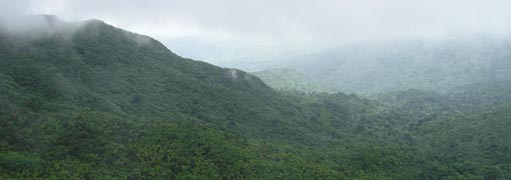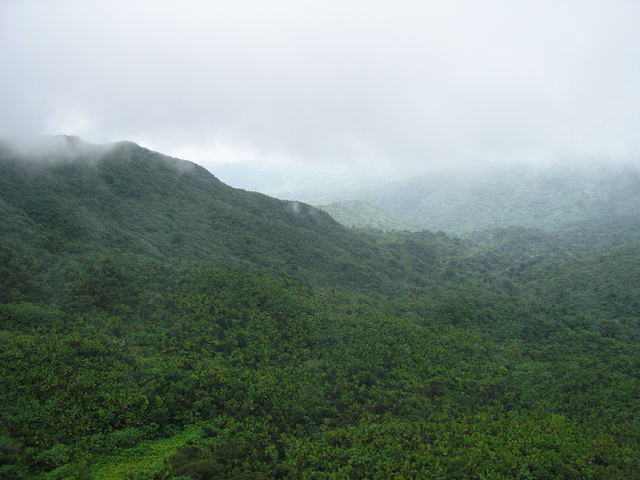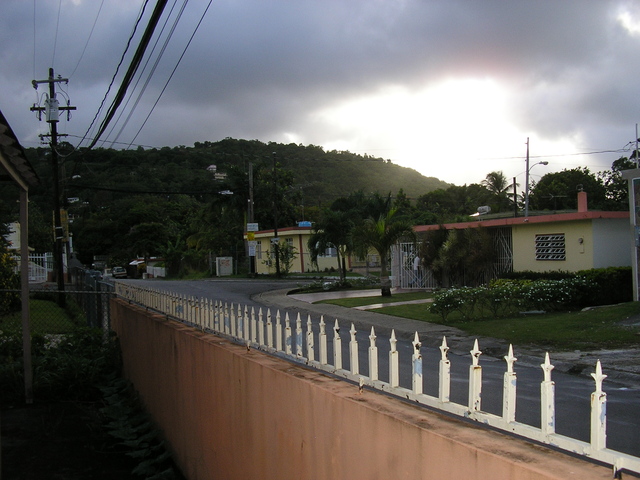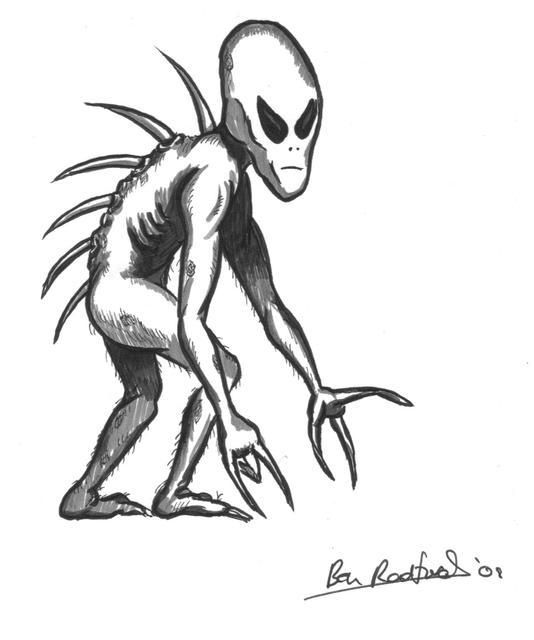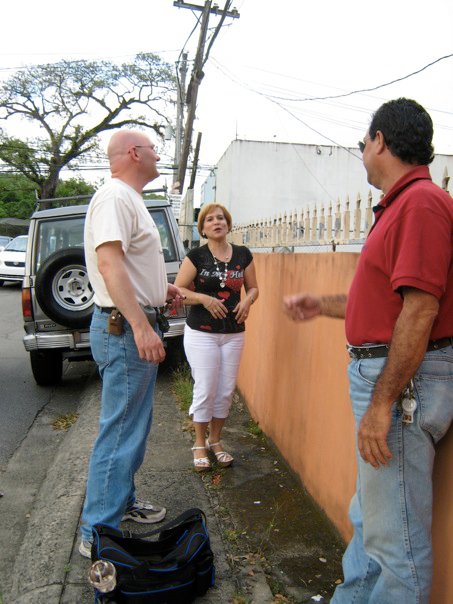The chupacabra hasn’t reared its ugly head in Albuquerque lately. In fact, it’s been almost exactly three years since the last local sighting on the Westside. But many believe the creatures are out there, sucking the blood from goats ( chupacabra means “goatsucker” in Spanish) and other livestock. Descriptions of the chupacabra vary widely, but the typical version is a creature 4 to 5 feet tall. It has short, powerful legs, long claws, and terrifying black or glowing red eyes. Some claim it has spikes down its back; others report seeing stubby, bat-like wings. The chupacabra was first seen in 1995, and believers say it is the result of secret U.S. government experiments in the jungles of Puerto Rico. It had a heyday of about five years when it was widely reported in Latin America, Florida and elsewhere. Reports have dropped dramatically, except for occasional sightings of animals in Texas resembling hairless dogs or coyotes. I have spent much of the past five years investigating the chupacabra, including an expedition into the jungles of Nicaragua and trips to Texas for the “MonsterQuest” TV show. By 2009, my research had unearthed central facts about the chupacabra, save perhaps the most important: its origin. Why was the goatsucker first sighted in 1995 and not before? Animals simply do not appear out of thin air. To get answers about where the chupacabra came from, I visited its birthplace, Puerto Rico. I began by interviewing the woman who first sighted the monster, and whose eyewitness description was the basis for the most famous drawing of it in the world.A woman named Madelyne Tolentino said she saw the beast through a picture window outside her house in Canóvanas, Puerto Rico, during the second week of August 1995. In a 1996 interview, Tolentino said the bipedal animal had dark gray or black eyes that “were damp and protruding, running up to its temples and spreading to the sides,” like typical alien eyes. Its height was “about 4 feet, more or less. At the time, it was walking like a human, on both legs. Its arms were drawn back in an attack position, as though it were a TV monster.” She said it had three long, skinny fingers and that its arms were also very long. Its hair “was rather short, and close to its body. Rather well-combed in fact.” It had some round things on its torso, and the region seemed ashen, as if something had burned it there. The burn mark revealed pinkish-purple skin, as if the top layer had fallen off.” The creature’s legs, Tolentino said, “were very long and skinny, and I could see three separate toes.” She said they were similar to goose feet, and that it had something like webbing between its toes. Tolentino’s curiosity about the chupacabra extended to its genitals: “I even got down on the floor to see if it had genitals. It had nothing at all. It was plain and sealed." She also noted a row of distinctive spikes on its back. The creature turned away, ran into the road, and leaped off into tall grass in a neighboring vacant lot.Despite being such a significant eyewitness, Tolentino dropped from sight and had only been interviewed once or twice since 1995—never by a professional investigator. With help from a friend, I tracked her down and met her at a busy Borders bookstore outside the capital, San Juan. I had never been able to find a photograph of her and wondered what she looked like. Was she a wacko UFO nut wearing the standard-issue tinfoil hat? Was she a wild-eyed young woman who saw monsters behind every tree? Tolentino is neither; instead I found an intelligent and sober petite woman in her 40s with an easy smile and quick laugh. She was cautious at first. All she knew about me was that I was a writer from New Mexico who had come to Puerto Rico specifically to see her, so she showed up with her ex-husband at her side. But she soon warmed up to me as I interviewed her in Spanglish, and Tolentino recounted her story. The basics remained the same. She said the creature she saw was about 3 feet tall, not the 4 to 5 earlier reported. She also said its skin looked like she expected an alien’s might. “I have an interest in UFOs and aliens, but I never said it was either an extraterrestrial or an animal. I don’t know what it was. I’ve never changed my story,” she told me. “Most people have believed me. People trust me and know I’m telling the truth.” I showed her a drawing I made based upon her original description, and she endorsed it as the most accurate depiction to date. She then kindly drove the four of us to the site where she had been the first person in history to see the chupacabra. We zoomed through the verdant Puerto Rican countryside, heading east toward her hometown of Canóvanas. We chatted and joked as she drove, and after about 20 minutes we pulled onto a side road and parked in front of a house where her mother still lives. It was a rural residential area, and I almost felt there should be a little monument or plaque commemorating the spot: Birthplace of el Chupacabra. Tolentino reenacted her sighting, which she said occurred at about 1 p.m. that day in 1995. She had been sleeping when her mother woke her up, excited and alarmed about something odd she saw near the house. Tolentino said the sighting lasted from three to five minutes, and though it happened near a fairly busy road, during that time no other cars appeared. In the 15 years since her sighting, a few things had changed. A wall had since been built between her house and the road, and a house stood in the once-vacant lot across the street that had tall plants through which the chupacabra disappeared. But, otherwise, the scene was more or less the same. Having studied her account many times at length, it was fascinating to visit the actual location. I did more investigating while on the island, spending hours in libraries searching through newspaper accounts from 1995 and visiting the Caribbean National Forest (better known as El Yunque), where the chupacabra is said to have emerged. Speaking to the original chupacabra eyewitness didn’t dramatically alter my information, nor did it change the course of my investigation (for example, she didn’t admit to me that it was all a hoax—not that I think it was). But mysteries are rarely solved all at once. Pieces of the puzzle come together in increments; a fact established here, a claim disproved there. I had picked up the last few pieces that I’d need to finally solve the mystery.
The opinions expressed are solely those of the author.Benjamin Radford has investigated mysterious and unexplained phenomena for more than a decade. He is a columnist for LiveScience.com and Discovery News, and managing editor of Skeptical Inquirer science magazine. His new book, Scientific Paranormal Investigation: How to Solve Unexplained Mysteries , is available at better Albuquerque bookstores.
